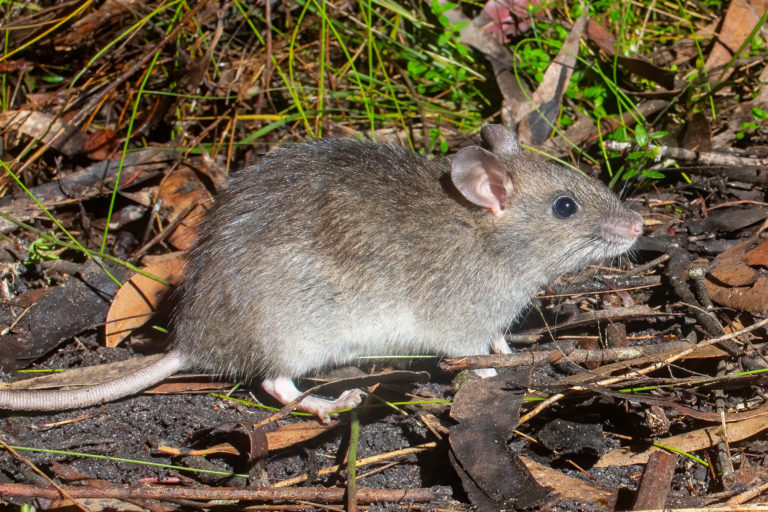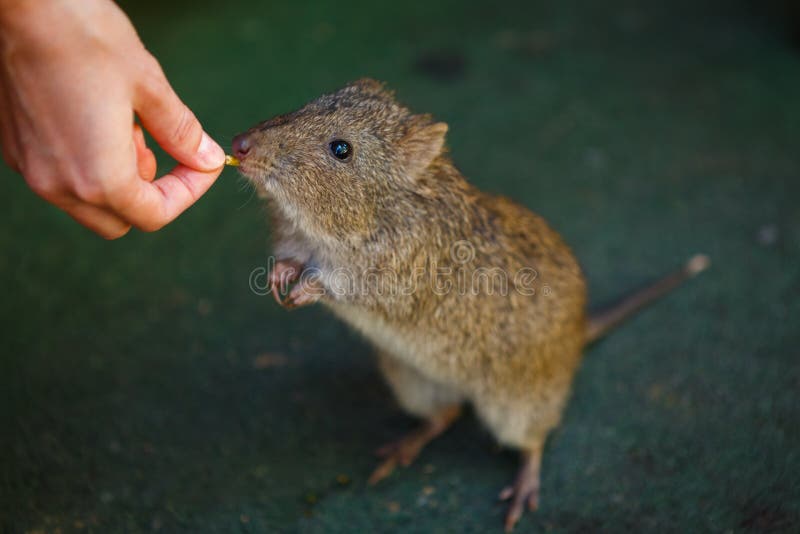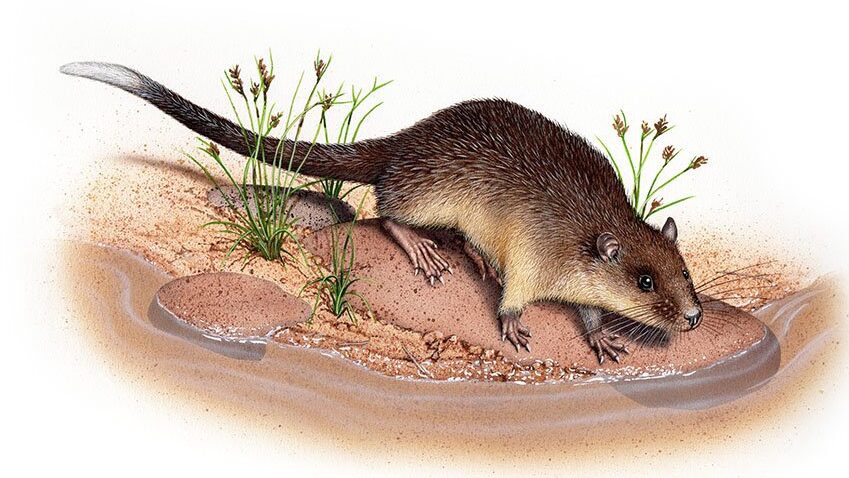Rats in Australia: A Comprehensive Guide to the Rodent Reality
Rats in Australia: A Comprehensive Guide to the Rodent Reality

Australia, a land of diverse landscapes and unique wildlife, is also home to a surprising number of rat species. These rodents, both native and introduced, play a significant role in the country’s ecosystem and can sometimes pose challenges to human populations. This comprehensive guide will delve into the world of rats in Australia, exploring their types, impact, and how to manage their presence.
Native Australian Rats: The Unsung Heroes of the Ecosystem
Related Articles: Rats in Australia: A Comprehensive Guide to the Rodent Reality
- Where The Force Is Thick: Uncovering The Mystical Outback
- The Art Of Healing: Exploring Australian Bush Flower Essences Through Sketching And Art
- Unveiling The Vibrant Tapestry: The Meaning Behind Aboriginal Colours
- The Dreamtime Kangaroo: A Journey Through Aboriginal Mythology And Cultural Significance
- Ancient Aboriginal Beliefs: Where Humans And Animals Intertwine
While often perceived as pests, many native rat species in Australia play crucial roles in maintaining the delicate balance of the ecosystem. Here are some notable examples:
-
The Bush Rat (Rattus fuscipes): This adaptable species thrives in diverse habitats, from forests to grasslands. They are omnivores, consuming seeds, fruits, insects, and even small vertebrates. Their foraging activity helps disperse seeds and contributes to plant regeneration.
-
The Spinifex Hopping Mouse (Notomys alexis): This unique rodent is found in arid regions and is adapted to life in the harsh conditions. Its diet consists mainly of seeds and insects, playing a vital role in seed dispersal and nutrient cycling.
-
The White-Footed Mouse (Leggadina lakedownensis): This small, agile rodent is common in woodlands and grasslands. It is an important food source for predators like owls and snakes, contributing to the overall health of the food chain.

Introduced Rats: A Threat to Biodiversity and Human Health

While native rats have their place in the ecosystem, introduced species, particularly the Black Rat (Rattus rattus) and the Brown Rat (Rattus norvegicus), pose a significant threat to Australia’s biodiversity and human health.
1. Impact on Native Species:
- Competition for resources: Introduced rats compete with native species for food, shelter, and nesting sites, leading to displacement and population decline.
- Predation on native species: They prey on vulnerable native animals, including birds, reptiles, and invertebrates, disrupting the balance of the food web.
- Disease transmission: Introduced rats can carry and spread diseases to native wildlife, impacting their health and survival.

2. Impact on Human Health and Infrastructure:
- Disease transmission: Rats can carry and transmit diseases like leptospirosis, salmonellosis, and hantavirus, posing risks to human health.
- Damage to property: They can gnaw on electrical wiring, insulation, and building materials, causing significant damage and fire hazards.
- Contamination of food and water: Rats can contaminate food and water sources, leading to food poisoning and other health issues.
Understanding the Distribution of Rats in Australia
Rats are found in diverse habitats across Australia, from urban areas to remote regions. Their distribution is influenced by factors like climate, food availability, and human activity.
1. Urban Areas:
- Introduced rats, particularly Black and Brown rats, thrive in urban environments, taking advantage of readily available food and shelter.
- They are commonly found in homes, businesses, and public spaces, posing a constant threat to human health and property.
2. Rural Areas:
- While native rats are common in rural areas, introduced rats are also present, particularly near human settlements and agricultural areas.
- They can infest crops, livestock, and storage facilities, causing significant economic losses.
3. Remote Regions:
- Introduced rats have even reached remote islands and national parks, posing a threat to unique ecosystems and endangered species.
- Their ability to adapt and colonize new environments makes them a constant challenge for conservation efforts.
Strategies for Rat Control: A Multifaceted Approach
Managing rat populations requires a multifaceted approach that combines preventative measures, monitoring, and control methods.
1. Prevention:
- Food storage: Store food in airtight containers and dispose of garbage properly to reduce food sources for rats.
- Sanitation: Keep your home and surroundings clean and free of clutter, removing potential nesting and hiding places.
- Exclusion: Seal cracks and holes in walls, floors, and roofs to prevent rats from entering buildings.
- Landscaping: Trim vegetation around buildings and remove potential food sources like fruit trees and bird feeders.
2. Monitoring:
- Trapping and baiting: Use traps and bait stations to monitor rat populations and assess the effectiveness of control measures.
- Visual inspection: Regularly inspect your home and surroundings for signs of rat activity, such as droppings, gnawing marks, and tracks.
3. Control:
- Trapping: Traps provide a humane and effective way to catch and remove rats.
- Baiting: Poison baits can be used to control rat populations, but they should be used cautiously and in accordance with safety guidelines.
- Professional pest control: Contact a qualified pest control professional for expert advice and assistance in managing rat infestations.
FAQ: Unraveling the Mysteries of Rats in Australia
Q: Are rats a serious problem in Australia?
A: Yes, rats are a significant problem in Australia, both for native wildlife and human populations. Introduced rats have a devastating impact on biodiversity, while both native and introduced species can pose health and property risks.
Q: What are the most common types of rats in Australia?
A: The most common rats in Australia are the Black Rat (Rattus rattus) and the Brown Rat (Rattus norvegicus), both introduced species.
Q: What are the signs of a rat infestation?
A: Signs of a rat infestation include droppings, gnawing marks, tracks, and a musty odor. You may also hear scratching or scurrying sounds, especially at night.
Q: How do I prevent rats from entering my home?
A: To prevent rats from entering your home, seal cracks and holes in walls, floors, and roofs, store food in airtight containers, and keep your home and surroundings clean and clutter-free.
Q: Are there any natural ways to get rid of rats?
A: While there are some natural methods that can help deter rats, such as peppermint oil or catnip, they are not always effective and should be used in conjunction with other control measures.
Q: What should I do if I find a rat in my home?
A: If you find a rat in your home, it is important to take immediate action to prevent an infestation. Contact a qualified pest control professional for assistance.
Conclusion: Coexisting with Rats in Australia
Rats are an undeniable part of the Australian landscape. Understanding their roles, impacts, and control strategies is crucial for managing their presence and protecting both the environment and human health. By adopting a proactive approach to prevention, monitoring, and control, we can minimize the risks posed by these rodents and ensure a sustainable future for all.

Closure
Thus, we hope this article has provided valuable insights into Rats in Australia: A Comprehensive Guide to the Rodent Reality. We hope you find this article informative and beneficial. See you in our next article!


